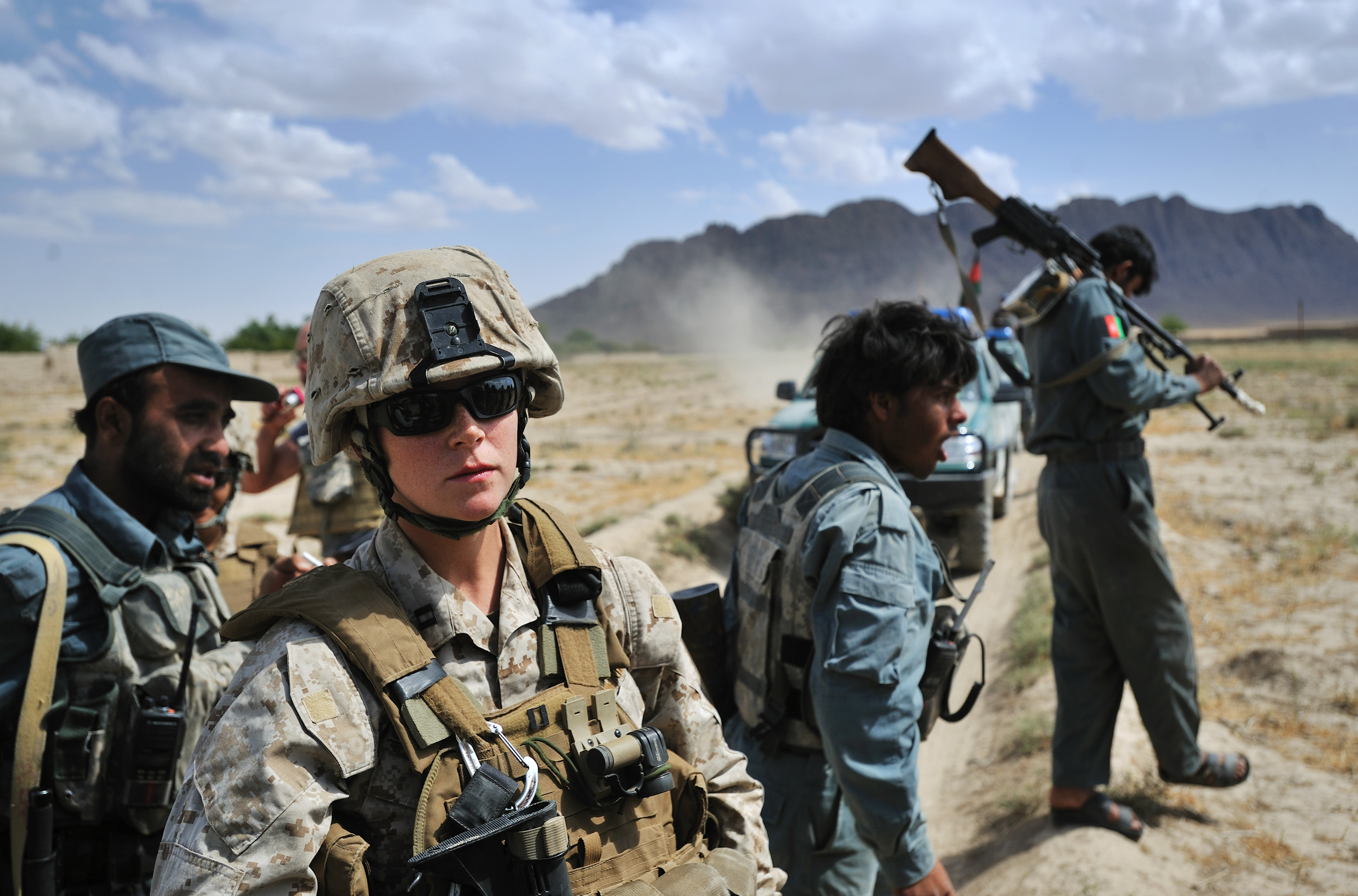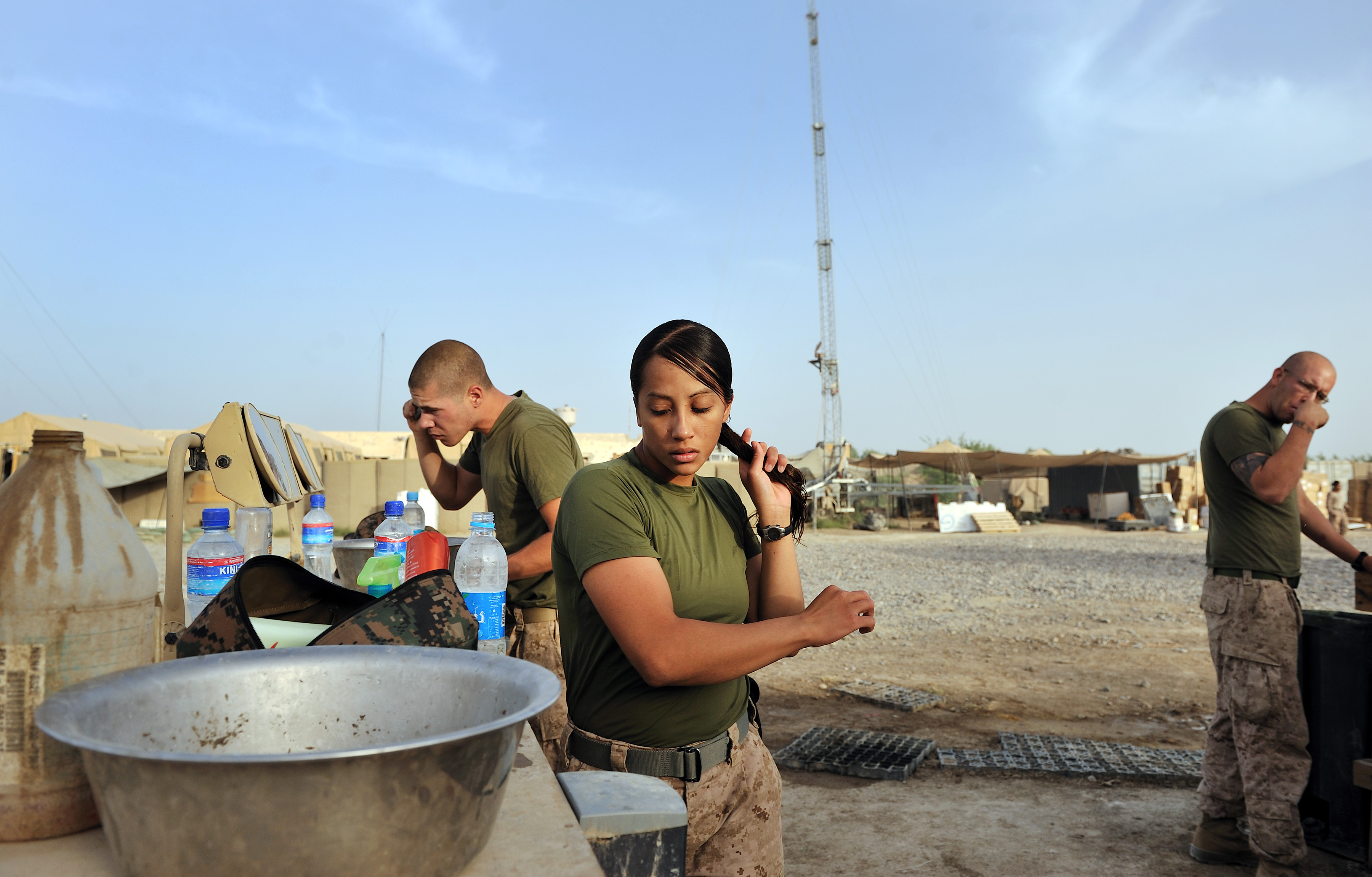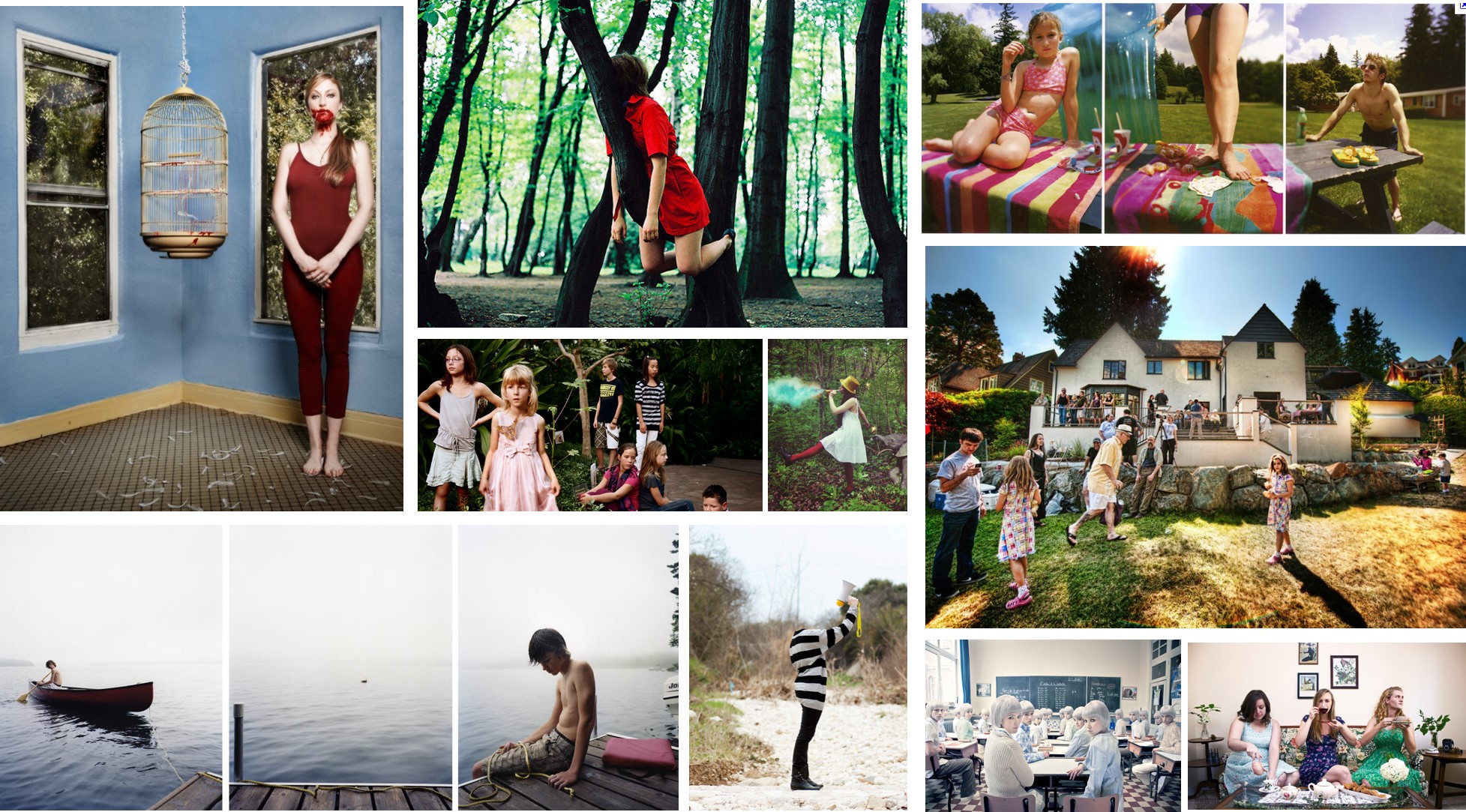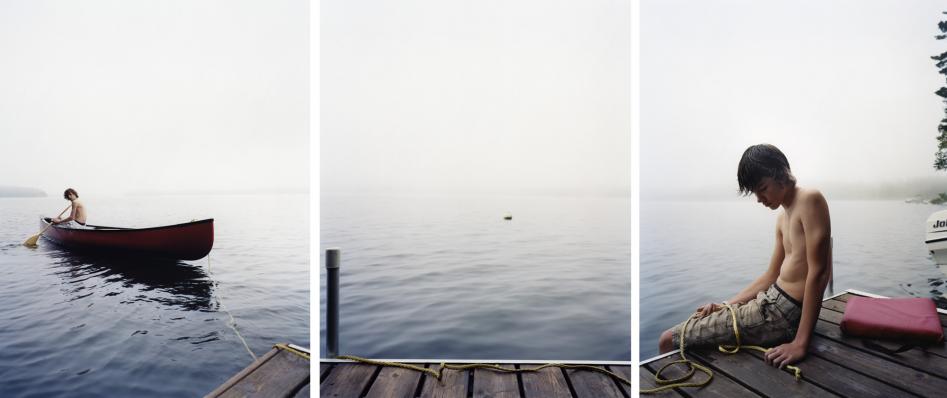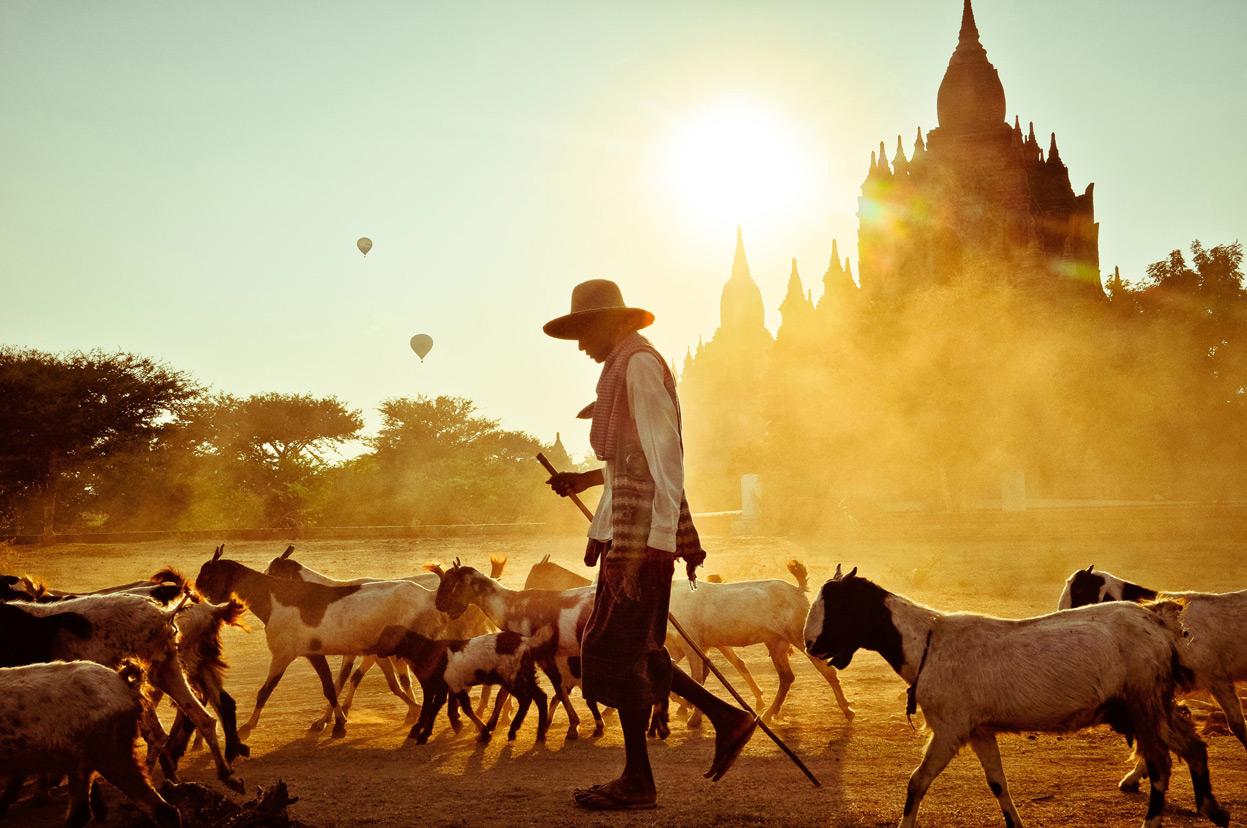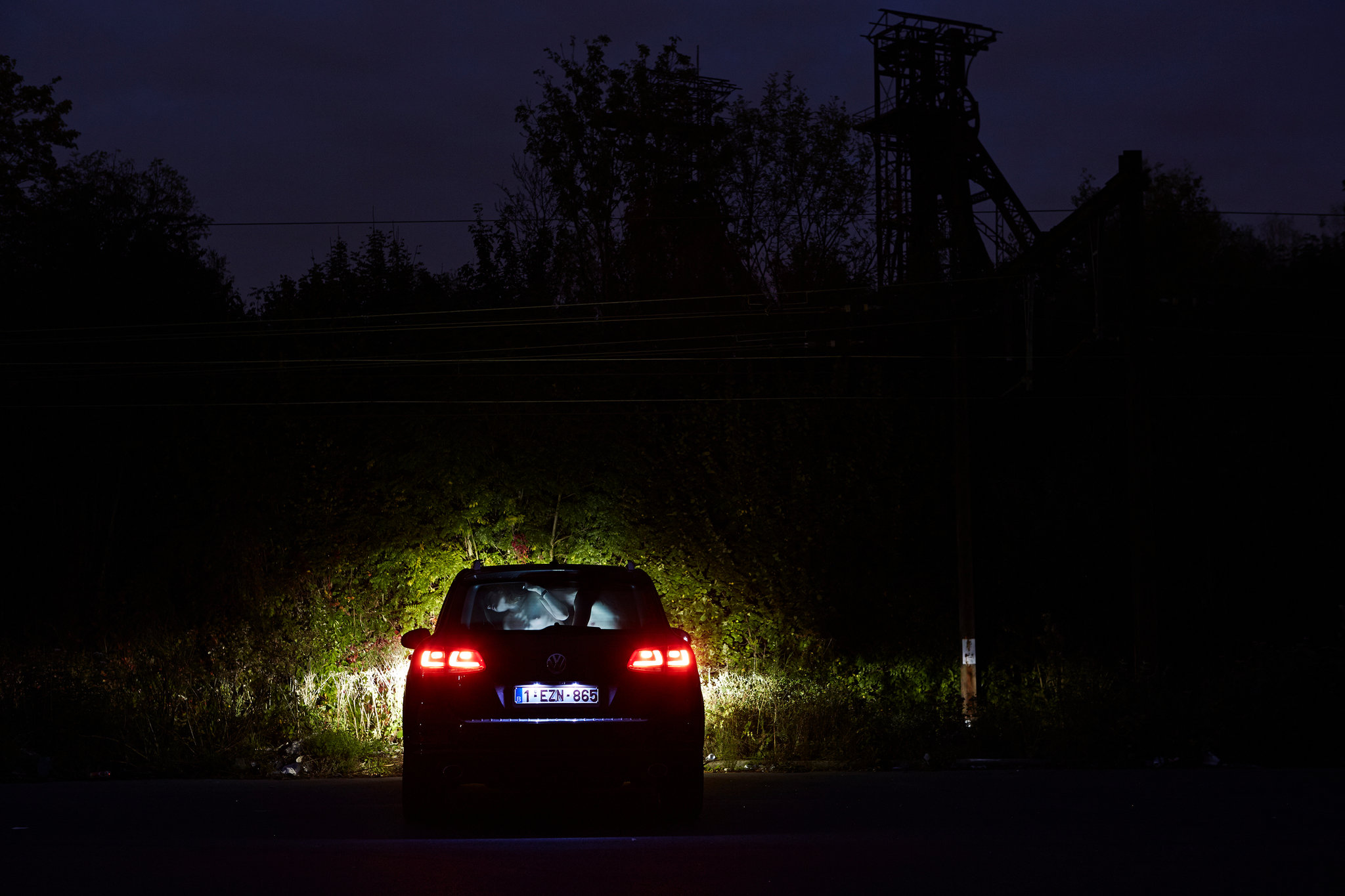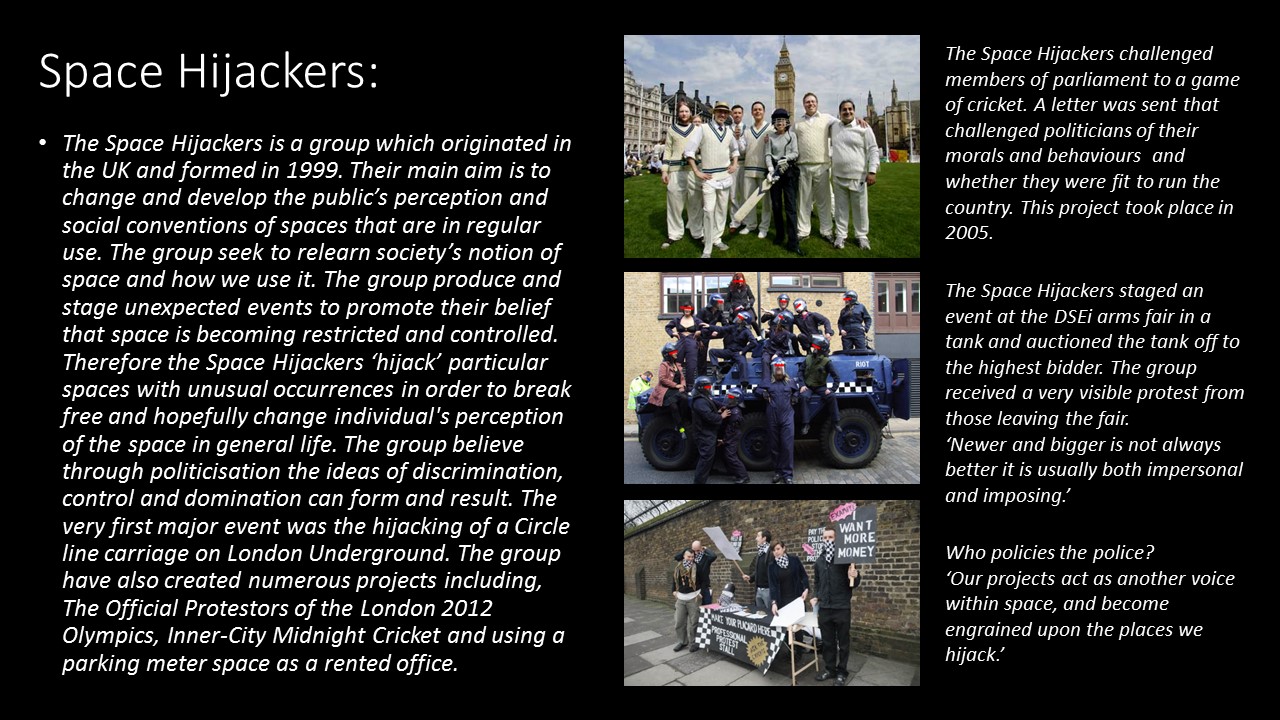Documentary and Narrative- Faith, Family and Community
What is Documentary photography? What sub-genres fit into documentary photography?
Documentary photography is a medium that focuses on and explores a story in depth either over a short or extended period of time. Documentary photography is primarily concerned with photojournalism and real life reportage. The objective is to create truthful and meaningful art that visually tells a story which we can relate to or understand. Documentary photography informally show ordinary lives though story form using photographs. Simply put documentary photography is a record or document of life from the lens of a camera.
‘Time in photography isn’t only about its passage, whether measured in hours, days or months. It’s about its captured moments, be it in a second, or five hundredths of a second.’

Documentary photography includes and has sub genres such as street photography, photojournalism, portraiture, landscape, social documentary and editorial. This form of photography is considered to be a very intimate style of art, it creates a connection between the viewer and image, it shows the world as it really is. The photographer chooses a specific moment in time, framing and message in order to capture an influential and informative photograph to shock and grab the public’s attention; the aim is to change opinion and persuade people. Henri Cartier-Bresson is pictured as the father of photojournalism and street photography. Martin Parr is another powerful name, Parr’s work focuses on a negative perspective of British culture. I will look further both photographer’s work in my photographer study, however, I wanted to mention them in my introduction to the coursework as they are both pioneers of the genre.


